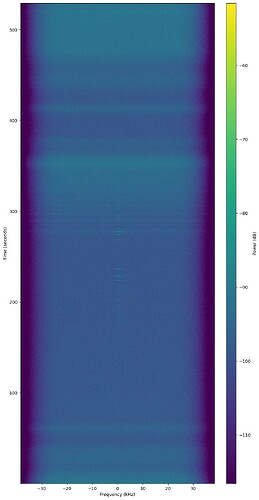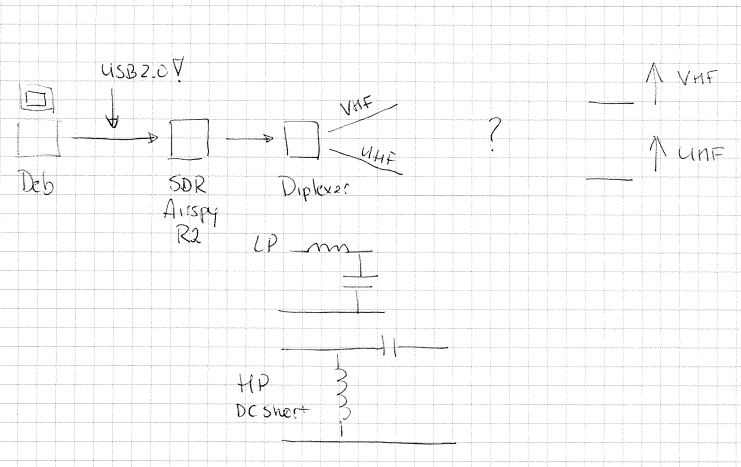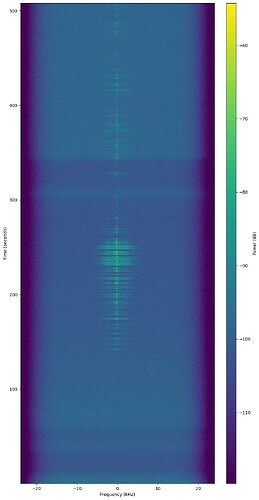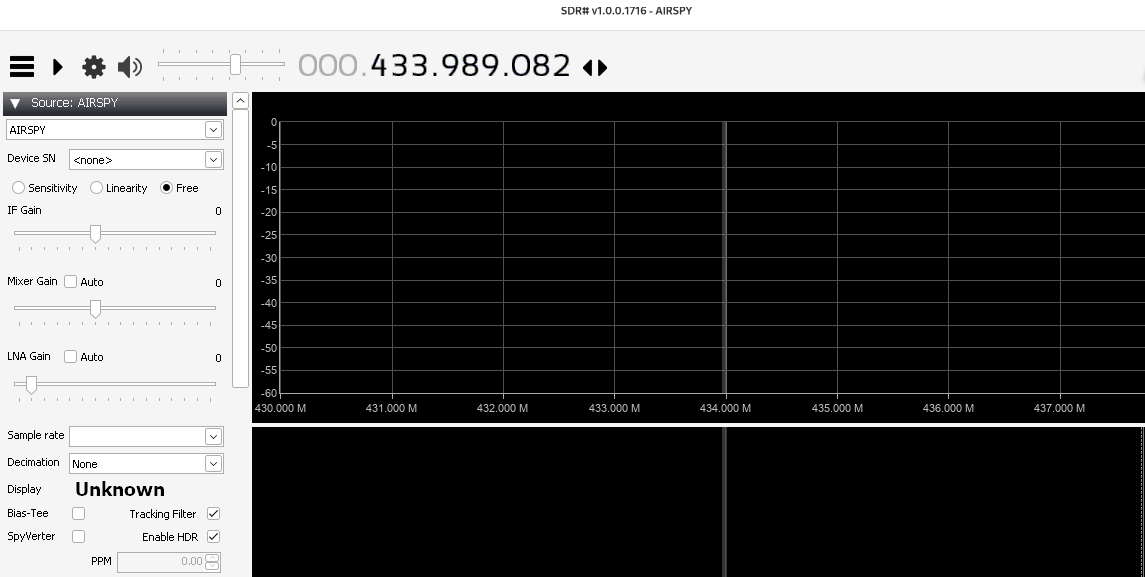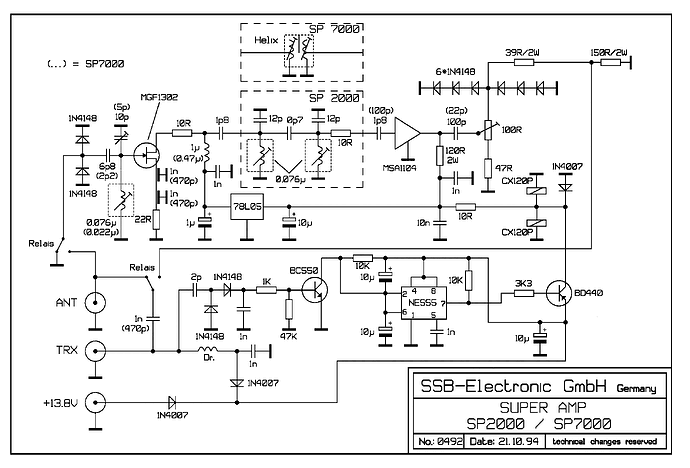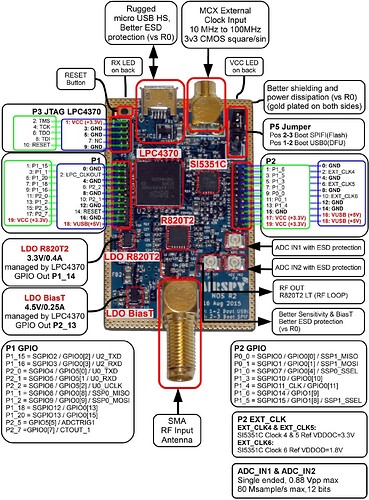Hello everybody,
I’m an engineering student currently developing and implementing a ground station… While I am relatively new to radio technology, I am eager to expand my knowledge and skills in this field.
I am in the final stages of my project but encountering persistent signal issues, particularly in the UHF band, and I would greatly appreciate your expertise. Below is an overview of my setup:
Equipment Configuration:
- Antennas:
- UHF: Wimo WX-7036 (2×18 crossed Yagi)
- VHF: Wimo WX-220 (2×10 crossed Yagi)
- LNA Pre-amplifier: MVV-432VOX
- Rotors: Azimuth/elevation rotor system with controller
- Diplexer
- Bias-tee FSP 435 12V
- Airspy R2 SDR
- On satnogs network
- sation ID : 1062
- sation name : CCERES Ground Station
Here is an extract of my satnogs configuration file :
- soapy-rx-device: “driver=airspy,serial=26a464dc282a4093,biastee=true”,
- samp-rate-rx: “2.5e+06”,
- doppler-correction-per-sec: null,
- lo-offset: null,
- ppm: null,
- rigctl-host: “satnogs_rigctld”,
- rigctl-port: “4532”,
- gain-mode: “Settings Field”,
- gain: null,
- antenna: “RX”,
- dev-args: null,
- stream-args: null,
- tune-args: null,
- other-settings: “VGA=11,MIX=7,LNA=10”,
- dc-removal: null,
- bb-freq: null,
- bw: null,
- enable-iq-dump: “0”,
- iq-file-path: null,
- udp-dump-host: null,
- udp-dump-port: 57356,
- wpm: null,
- baudrate: “9600”,
- framing: “ax25”
Issue Description : My main problem is that I manage to get signal in VHF but not in UHF
- VHF band: Stable, quite good signal reception.
- UHF band: Very weak or no signal detected. (see waterfall examples attached)
Troubleshooting steps taken:
- Verified antenna alignment
- Adjusted LNA/MIX/VGA settings values without significant improvement.
- Verified LNA continuity and power supply (no apparent issues).
Questions:
- Have you ever experienced such a problem?
- Do you have any ideas about possible causes for the issues I’m encountering?
- Are there any relevant tests I could perform to identify the problem more precisely?
Thanks you very much for your time and consideration ![]()
